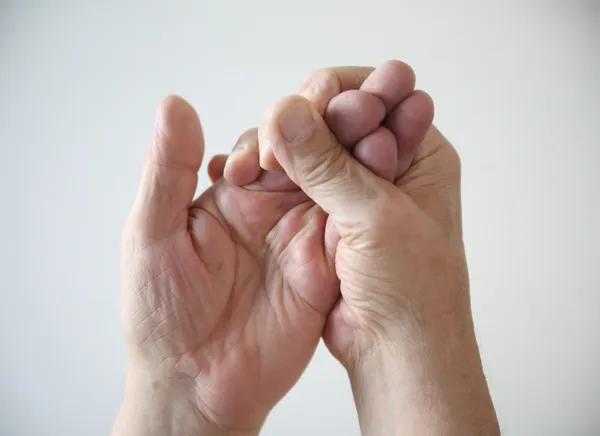Your Hands Can Reveal More Than You Think
The human body is a complex system where many parts are interconnected, and sometimes changes in seemingly insignificant areas can signal larger health concerns. Our hands, often overlooked in discussions about symptoms, can provide valuable insights into the state of our health. In particular, subtle changes in the fingers and hands can sometimes indicate the presence of serious conditions such as heart disease or lung cancer. In this article, we’ll explore three key signs that can be detected on the hands which might point to these conditions.
1. Clubbed Fingers (Finger Drumsticks)
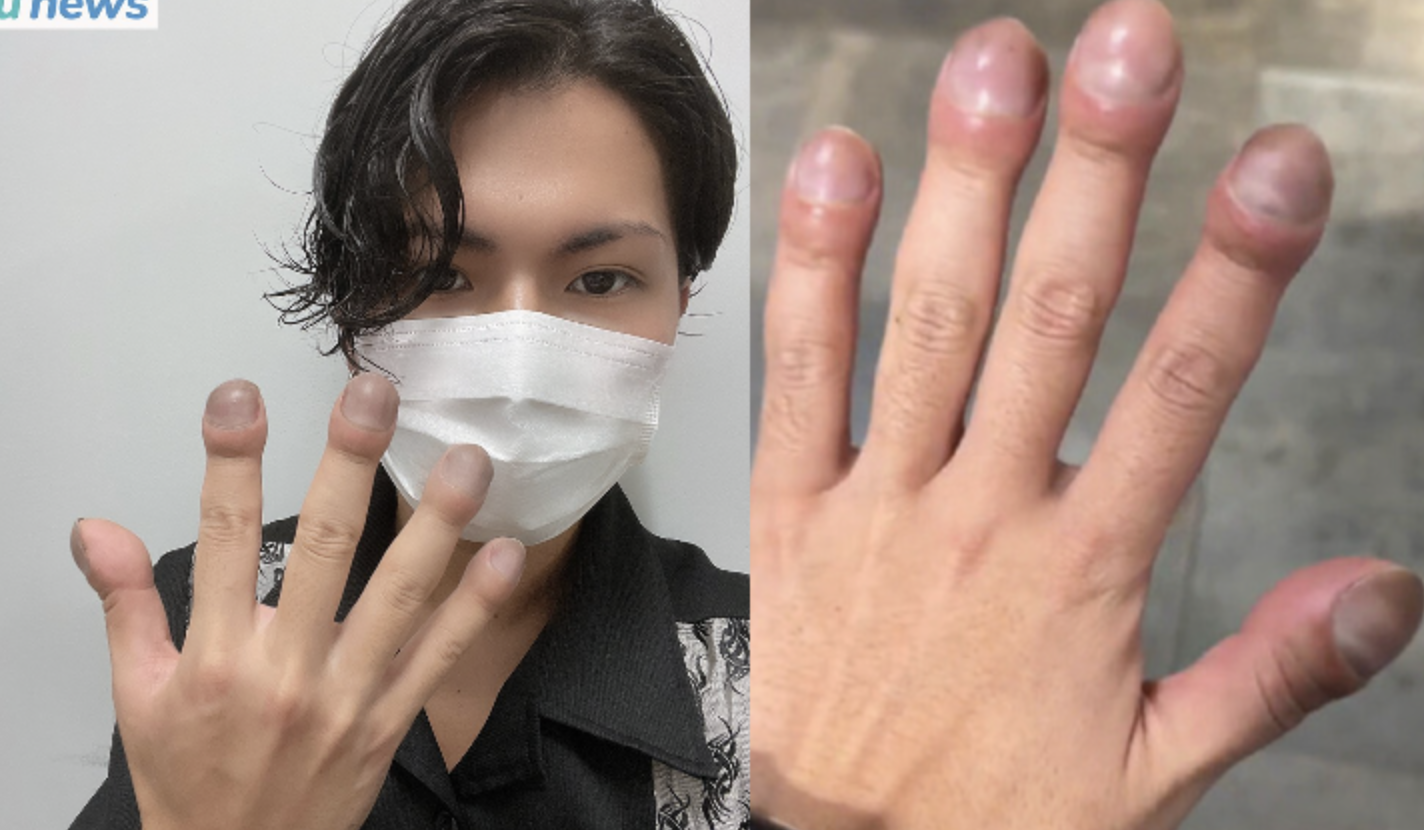
Clubbed fingers, or drumstick fingers, is a condition where the tips of the fingers become rounded and swollen, and the nails curve downward, resembling an inverted spoon. This condition develops gradually, but it can also appear suddenly, especially in cases of severe lung infections like lung abscesses.
Causes and Significance:
The most common cause of clubbing is lung cancer, though it can also be linked to various other conditions related to the heart and lungs, such as:
Aortic aneurysm
Bronchiectasis
Congenital heart defects
Cystic fibrosis
Pleuritis
Infective endocarditis
Pulmonary abscesses
Idiopathic pulmonary fibrosis
Although clubbing is most frequently associated with lung cancer, it can also indicate other serious health conditions. It’s important to seek medical evaluation if you notice this symptom.
Is Clubbing Contagious?
No, clubbed fingers are not contagious. They are simply a symptom or indication of an underlying condition and not a disease itself. However, if you notice sudden changes in the appearance of your fingers, it’s a good idea to consult a healthcare professional for further evaluation.
2. Swollen Finger Joints
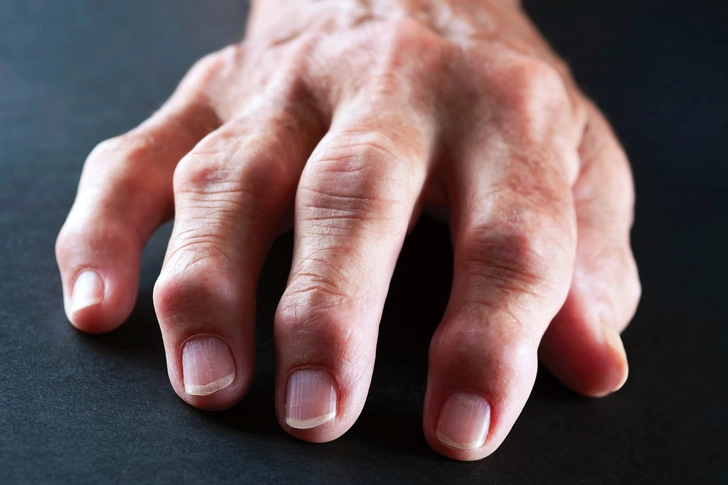
Swollen finger joints can sometimes be linked to heart problems and high cholesterol levels. High cholesterol is a significant risk factor for cardiovascular diseases, including heart attacks, and can lead to the accumulation of fatty deposits in blood vessels, which affects circulation.
Causes and Significance:
In many cases, swelling in the joints of the fingers and other extremities can be caused by fluid retention, which is often associated with heart failure. As the heart struggles to pump blood effectively, fluid accumulates in the legs, ankles, and sometimes the hands. This condition can worsen as the day goes on and is often more noticeable in the evening.
In addition, high cholesterol, especially when it is hereditary, can lead to a condition known as xanthomas, where cholesterol builds up in tendons and causes swelling in the joints, including the fingers.
Health Implications:
Without proper diagnosis and treatment, individuals with high cholesterol are at a significantly higher risk of heart disease. They are also at a greater risk of developing peripheral artery disease and experiencing an early stroke.
3. Unexplained Bruising on the Fingers
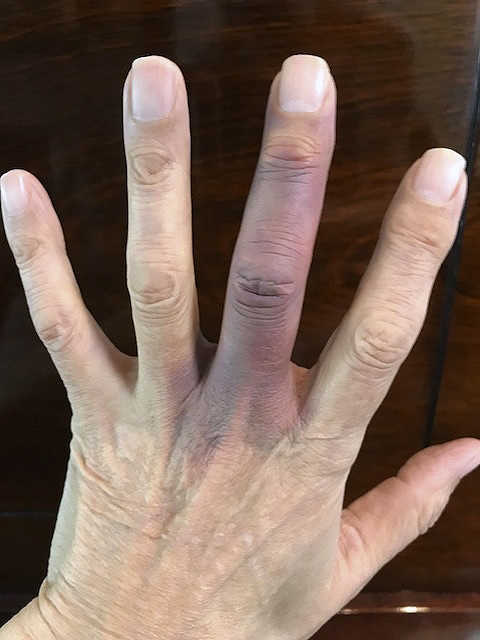
Another concerning sign that may indicate heart disease or cancer is unexplained bruising on the fingers. If you notice sudden bruises on your fingers without any clear cause or injury, this could be a red flag for underlying health issues.
Causes and Significance:
Unexplained bruising is often associated with leukemia, a type of blood cancer. Leukemia is characterized by an abnormal increase in white blood cells, which can interfere with normal blood clotting. This condition can result in easy bruising, especially in places like the fingers.
Leukemia Symptoms:
In addition to unexplained bruising, other common symptoms of leukemia include:
Fatigue
Frequent infections
Unexplained weight loss
Shortness of breath
Pale skin
Bone or joint pain
Swollen lymph nodes
Easy bleeding
If you notice any of these symptoms alongside bruising, it’s essential to seek medical attention promptly.
Other Causes of Finger Color Changes
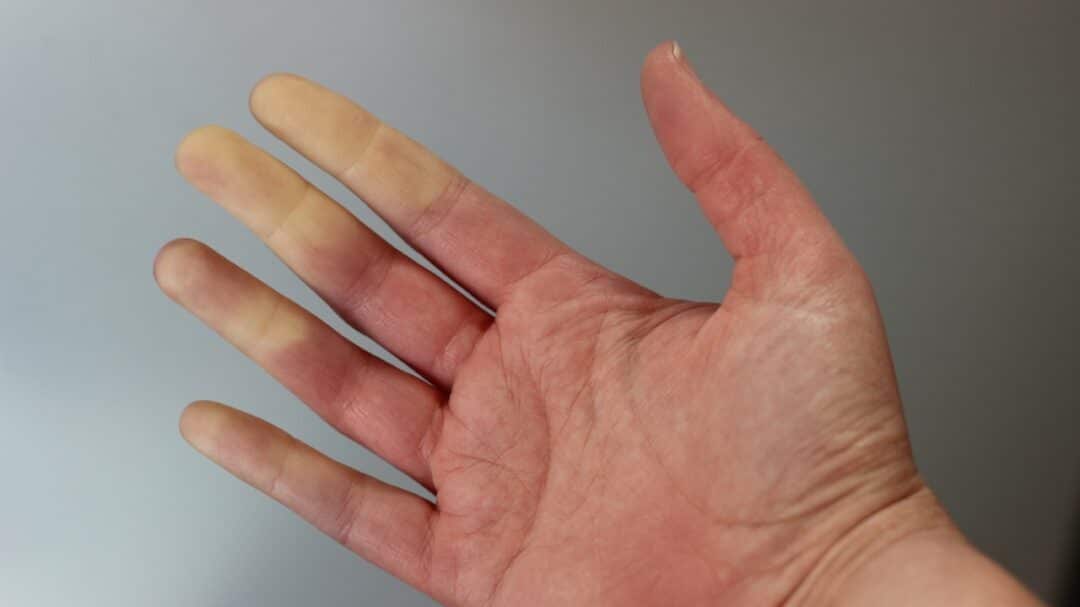
Apart from leukemia, finger color changes can also be related to Raynaud’s disease, which causes the blood vessels in the fingers to constrict, reducing blood flow and causing them to turn blue or purple. Although Raynaud’s is often harmless, it can also indicate underlying conditions like lupus or Crohn’s disease if it is persistent or accompanied by pain.
Additional Symptoms of Heart Disease and Cancer

Aside from the signs on your hands, both heart disease and cancer can present other symptoms that are important to watch out for:
Common Symptoms of Heart Disease:
Chest pain
Shortness of breath
Coughing or wheezing
Swelling in the legs, ankles, or feet
Poor circulation
Fatigue
Palpitations
Common Symptoms of Cancer:
While cancer can present in various ways depending on the type, some general signs include:
Fatigue or extreme tiredness that doesn’t improve with rest
Unexplained weight loss
Difficulty eating, swallowing, or digesting food
Swelling in any part of the body
Lump or mass in the breast or elsewhere
New or persistent pain
Skin changes, such as a non-healing wound or new moles
Persistent cough or hoarseness
Unexplained bleeding or bruising
Conclusion: Pay Attention to Changes in Your Hands
Your hands can reveal more than just your manual skills—they can give valuable clues about your overall health. Changes such as clubbing of the fingers, swelling of the joints, or unexplained bruising may signal underlying heart or cancer-related conditions. If you notice any of these symptoms, it’s crucial to consult with a healthcare professional for a proper diagnosis and treatment plan.
Early detection of health issues is key to better outcomes, so don’t ignore these signs. Remember that regular health check-ups can help identify and address problems before they become serious.
Sources:
American Heart Association – Heart Disease
Mayo Clinic – Leukemia Symptoms
National Cancer Institute – Cancer Symptoms
